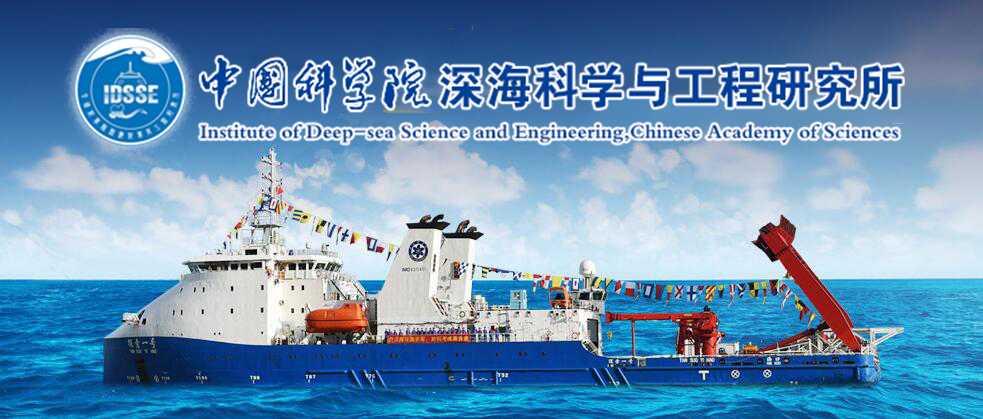To enhance the operational duration of AUVs performing missions, this paper designs a solar-powered AUV capable of continuous energy replenishment. The AUV adopts a negative lift shape to facilitate the installation of solar panels and generates negative lift to counteract buoyancy during movement. The AUV is equipped with a single vector thruster to reduce energy consumption. This unique shape design and the use of only one vector thruster increase the control difficulty of the AUV. To solve the problem of difficulty in actuator response caused by sudden changes in control force due to multi-source time-varying environmental interference during AUV operation. This paper constructs a nonlinear model of the AUV, introducing an online ESO to estimate the total unknown disturbances and states of the system. Simulations and experiments based on the PID-ESO algorithm are conducted to verify whether the introduced ESO can accurately observe disturbances. Then, based on the ESO's disturbance observation to compensate for the AUV's nonlinear model, an objective function focusing on control accuracy and energy consumption is established, and the optimization problem is solved under constraints on the magnitude and rate of change of the control input. Finally, simulation and offshore experiments are conducted to validate the effectiveness of the algorithm.


 琼公网安备 46020102000014号
琼公网安备 46020102000014号
